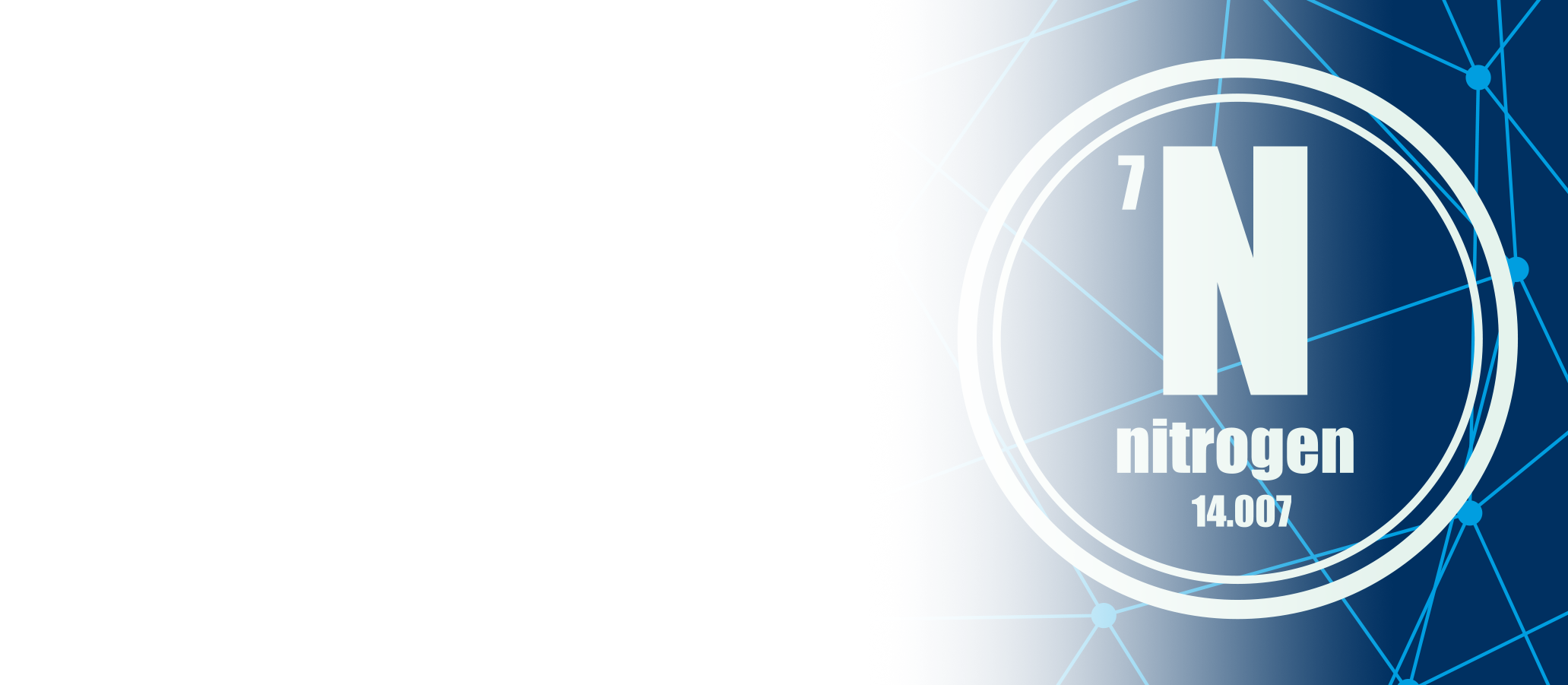NITROGEN GENERATION SYSTEMS

BAUER has been manufacturing compressor systems for over 75 years, and our nitrogen systems are the gold standard for defense, aerospace, oil and gas, energy, and manufacturing applications where reliable high-quality nitrogen is required to establish and support critical processes.
Each product within our nitrogen systems portfolio is designed for maximum durability and reliability in all manner of applications. From small compressors intended to empty rented tanks, to very large point-of-use nitrogen generation systems, BAUER has a high-quality solution to meet your needs.
![]()
Need assistance with selecting the correct solution to meet your specific requirements?
![]()
To see the BAUER Nitrogen Systems Brochure
PROPERTIES OF NITROGEN
- Nitrogen is an inert gas that is abundant in nature. The air we breathe consists of 78% nitrogen.
- Fire and explosion prevention: When oxygen-rich air is replaced with nitrogen in vessels and critical spaces, ignition is suppressed. This prevents the possibility of fires and explosions.
- Nitrogen is extremely dry with a gaseous dew point of -70°F (-57°C).
USES OF NITROGEN
- Because of its inert nature as well as extremely dry characteristics, nitrogen is used extensively in various industrial, oil & gas, aerospace and military applications.
- Drying of vessels and pipes.
- Fire and explosion prevention: When oxygen-rich air is replaced with nitrogen in vessels and critical spaces, ignition is suppressed. This prevents the possibility of fires and explosions.
- Corrosion protection: Since Nitrogen is non-reactive, oxidation and other forms of corrosion can be minimized. Prevention of chemical reactions: Because nitrogen is non-reactive, undesired chemical reactions in critical processes can be prevented.
GENERATING NITROGEN: PSA & MEMBRANE METHODS
Most of the nitrogen used in industrial applications is generated by separating the nitrogen from the oxygen present in ambient air. The two most common separation technologies for nitrogen are membrane and pressure swing adsorbtion (PSA). The benefit of these technologies is that nitrogen can be produced anywhere at any time.
-
MEMBRANE METHOD OF NITROGEN GENERATION
Incoming air is separated inside the membrane using tens of thousands of hollow fibers, each of which is sized to capture N2 molecules. The remaining components (mostly water vapor and oxygen) that make up ambient air are vented away from the membrane inlet before the nitrogen is delivered to the membrane outlet. Membranes have a size advantage over PSA nitrogen generation systems. They are therefore highly suitable for fully integrated nitrogen generation systems such as the BAUER NGM® and mobile systems.
-
PSA METHOD OF NITROGEN GENERATION
Pressure swing adsorption (PSA) is a technology used to separate some gas species from a mixture of gases under pressure according to the species’ molecular characteristics and affinity for an adsorbent material. It operates at near-ambient temperatures and differs significantly from cryogenic distillation techniques of gas separation. Specific adsorbent materials are used as a trap, preferentially adsorbing the target gas species at high pressure. The process then swings to low pressure to desorb the adsorbed material.




